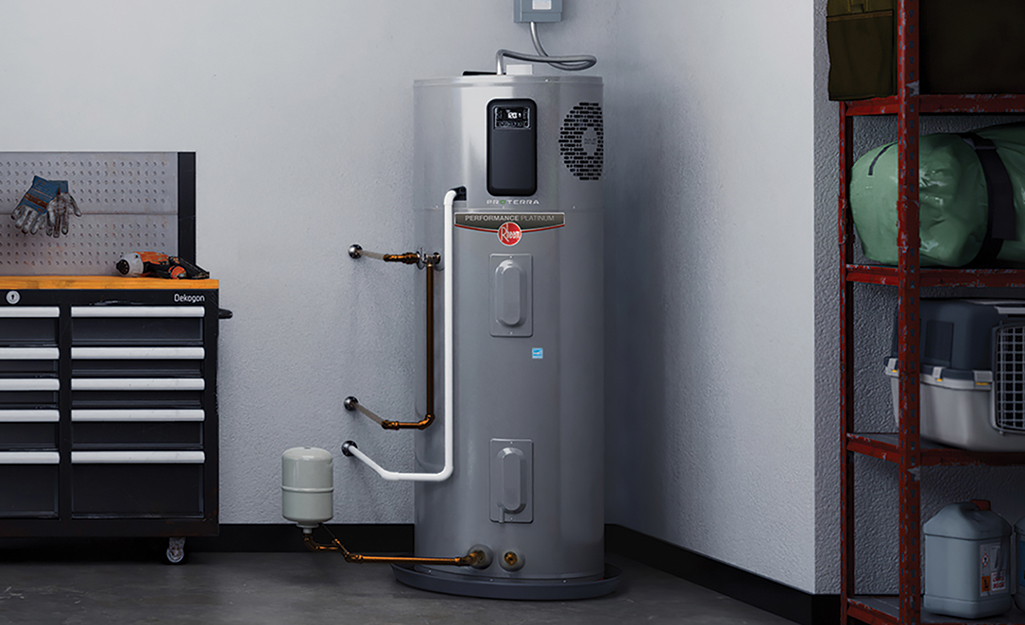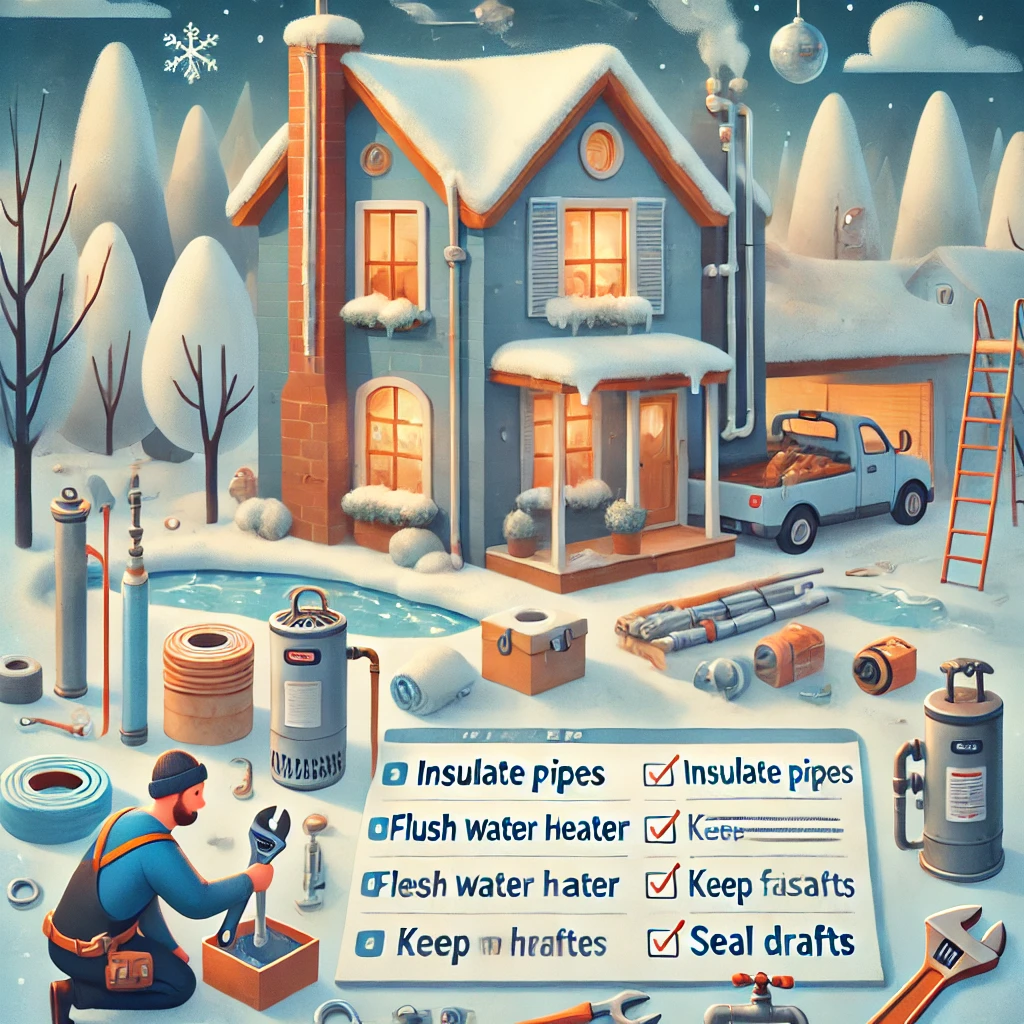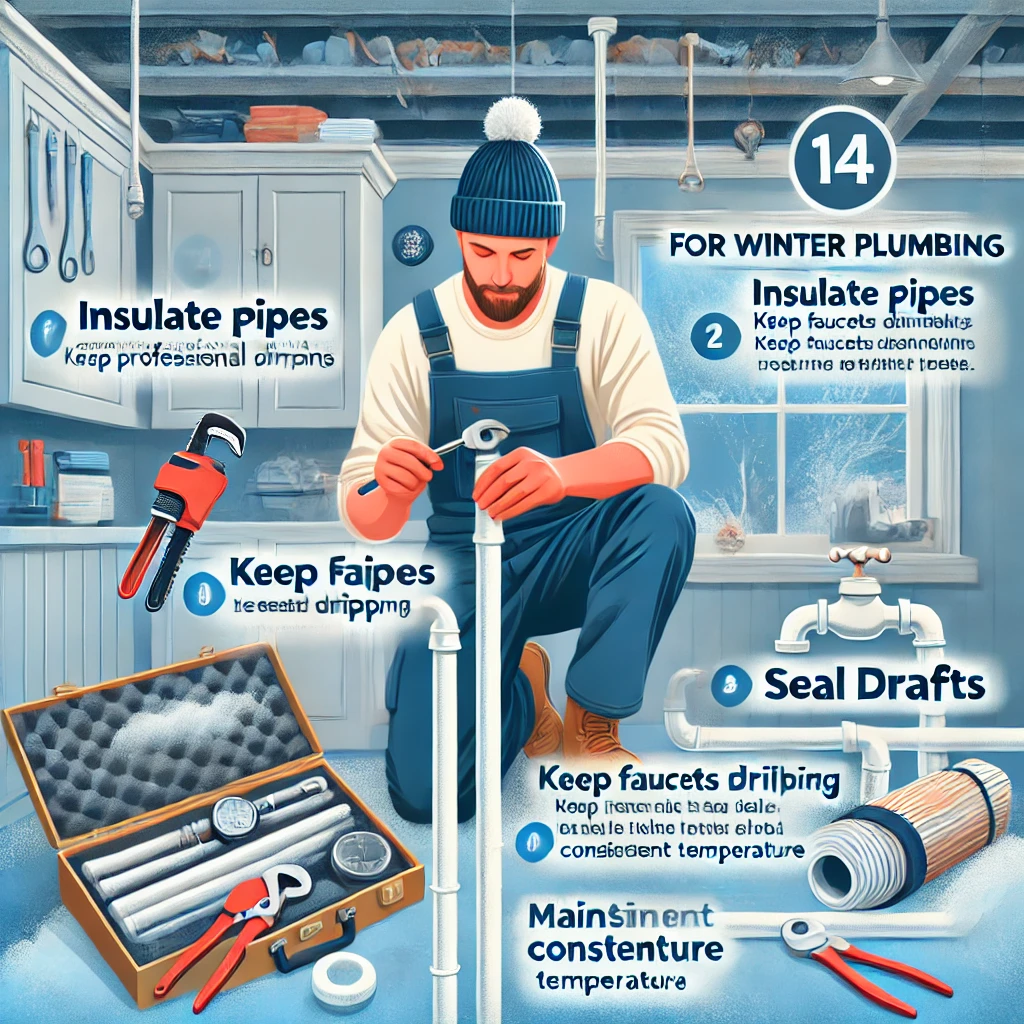When it comes to installing a water heater in your home or commercial property, one often overlooked but essential accessory is the hot water heater pan. This simple component plays a crucial role in preventing water damage from potential leaks or overflows. With a variety of sizes available, choosing the right hot water heater pan is critical for effective protection. This 500-word article will guide you through everything you need to know about hot water heater pan sizes.
The Purpose of a Hot Water Heater Pan
Before delving into sizes, it’s important to understand the function of a hot water heater pan. Essentially, it’s a drip pan placed under the water heater to catch any water that may leak from the tank. This is particularly crucial in setups where the water heater is located indoors or in an area where leaking could cause damage, such as in a basement or a utility closet.
Standard Sizes of Hot Water Heater Pans
Hot water heater pans come in various sizes to match the dimensions of different water heaters. The key is to select a pan that’s slightly larger than the base of your water heater. Common sizes include:
- 18-inch diameter: Ideal for smaller residential water heaters, usually those with a capacity of up to 30 gallons.
- 20-inch diameter: This size suits the majority of standard residential water heaters with capacities ranging from 20 to 30 gallons.
- 24-inch diameter: Designed for larger residential models, typically accommodating water heaters with a 30 to 40-gallon capacity.
- 30-inch diameter and larger: These are used for commercial-grade or very or exta-large residential water heaters.
Here’s a quick reference for common hot water heater pan sizes in a circular shape. The size of the pan needed depends on the dimensions of the water heater, with room for some clearance.
| Pan Diameter | Water Heater Size (Gallons) | Example Use |
|---|---|---|
| 20 inches | Up to 20 gallons | Compact water heaters |
| 22 inches | 20-30 gallons | Small residential units |
| 24 inches | 30-40 gallons | Small to medium residential units |
| 26 inches | 40-50 gallons | Standard residential units |
| 28 inches | 50-60 gallons | Large residential water heaters |
| 30 inches | 60+ gallons | Extra-large or commercial units |
These are general guidelines. Always measure your water heater and check with the manufacturer for the recommended pan size for your specific model.
Choosing the Right Size
Selecting the correct pan size is crucial. A pan too small won’t effectively catch drips or leaks, while an excessively large pan can be cumbersome and difficult to install in tight spaces. To determine the right size, measure the diameter of your water heater and choose a pan that is at least 2 inches larger to ensure adequate coverage. Additionally, consider the height of the pan’s sides – usually between 2 to 4 inches – to ensure it can contain a significant amount of water.
Material Considerations
Hot water heater pans are typically made from aluminum or plastic. Aluminum pans are durable and have a higher heat tolerance, making them a popular choice. Plastic pans are more economical and resistant to rust and corrosion. The choice between materials often comes down to personal preference and budget.
Installation and Compliance with Building Codes
Installing a hot water heater pan is relatively straightforward. The pan should be placed under the water heater during installation, with a drain line attached to the pan’s outlet. This line directs any water caught in the pan to a suitable drainage area, preventing accumulation and potential water damage.
It’s also essential to ensure that your installation complies with local building codes. Some regions have specific requirements for hot water heater pan installation, especially regarding the material of the pan and the drainage line.
Advanced Features
Some modern hot water heater pans come with additional features, like sensors that can detect water accumulation and alert homeowners of a potential leak. These advanced pans offer an extra layer of protection and peace of mind.
Conclusion
Choosing the right size hot water heater pan is a vital step in safeguarding your property from potential water damage due to water heater leaks. By understanding the various sizes and materials available and ensuring compliance with local building codes, homeowners and property managers can make informed decisions for effective water heater installation. Remember, a small investment in the right hot water heater pan can save you from costly repairs and damages in the long run.





